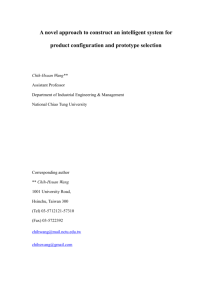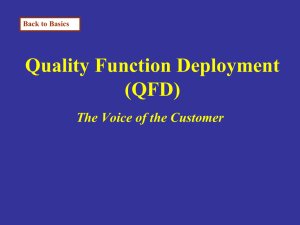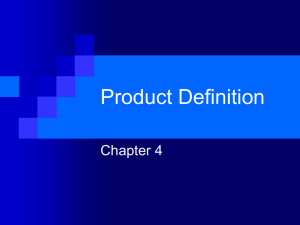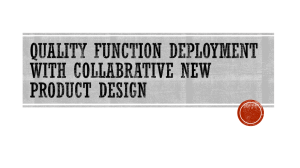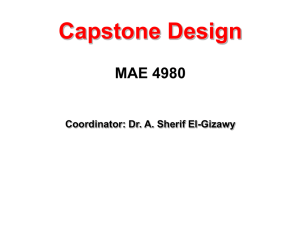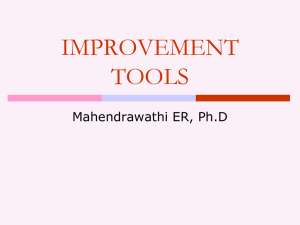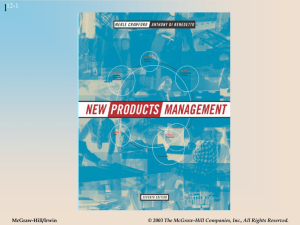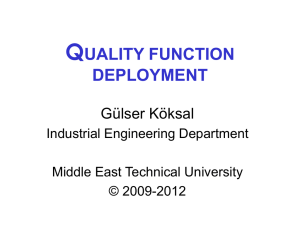C H A P T E R 1 1.1
advertisement
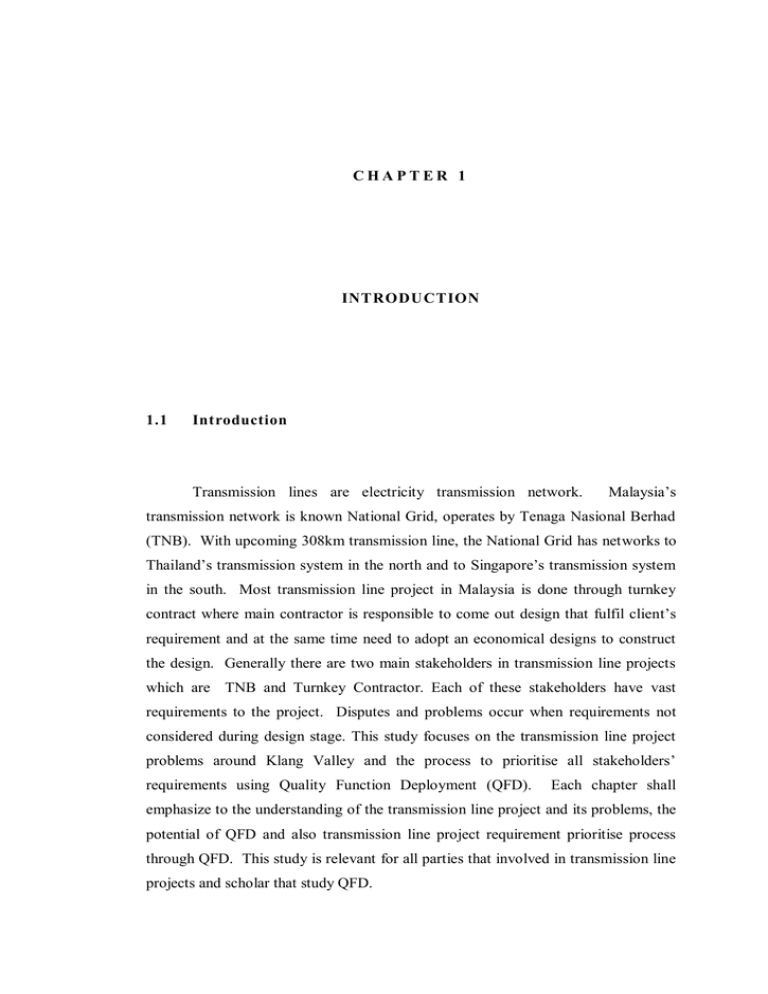
1 CHAPTER 1 INTRODUCTION 1.1 Introduction Transmission lines are electricity transmission network. Malaysia‟s transmission network is known National Grid, operates by Tenaga Nasional Berhad (TNB). With upcoming 308km transmission line, the National Grid has networks to Thailand‟s transmission system in the north and to Singapore‟s transmission system in the south. Most transmission line project in Malaysia is done through turnkey contract where main contractor is responsible to come out design that fulfil client‟s requirement and at the same time need to adopt an economical designs to construct the design. Generally there are two main stakeholders in transmission line projects which are TNB and Turnkey Contractor. Each of these stakeholders have vast requirements to the project. Disputes and problems occur when requirements not considered during design stage. This study focuses on the transmission line project problems around Klang Valley and the process to prioritise all stakeholders‟ requirements using Quality Function Deployment (QFD). Each chapter shall emphasize to the understanding of the transmission line project and its problems, the potential of QFD and also transmission line project requirement prioritise process through QFD. This study is relevant for all parties that involved in transmission line projects and scholar that study QFD. 2 1.2 Research Background Transmission line projects are specialize engineering projects which comprise of designs of the transmission line route, tower designs, foundation design, construction of foundation, erection of tower, stringing or dismantling conductor and commissioning of the transmission line. These tasks involved many subtasks and each of these subtasks requires different aspect of engineering field and demands from each project stakeholders. Previous study mostly related to the technical aspect of transmission line such as the foundation design and electrical design of the transmission line. In the other hand, there are studies on implementation of QFD in manufacturing sector, transportation project and also construction. This study introduces the usage of QFD to prioritise stakeholders‟ requirements. QFD which was introduced by Joji Akao is a detailed system that assists the designer to convert stakeholder needs into technical requirement for product or services. There are also development of QFD matrix for transmission line project which accommodate requirements from TNB and contractor. 1.3 Problem Statement Considering the vast requirements of multiple engineering disciplines, the design of transmission project may either too stringent or too complicated, as a results a lot of conflict and disputes during project period and after project handover among project's stakeholders. Designer has difficulties to comprehend the required qualities of transmission line project. Different stake owners have different team of management and different quality outcome requirements. When certain requirements are not meet, problems occurred and usually most of these project faced delays, wastage of resources and also litigation. It is time to resolve these issues. We need to have a solution that able to acknowledge each stakeholder‟s requirement. The solution also should able to provide a guideline to designer to produce an optimum 3 design that fulfilled each stakeholders‟ needs and requirements as well as able to yield the priority of project element to be considered during design stage. Voice of Customer always refers to the in depth process to capturing stakeholders‟ requirements. One of Tools under this process is Quality Function Deployment (QFD), which focus not only on the stakeholders‟ requirements but also priority of the requirements. 1.4 Aim and Objectives The aim of the study is to optimize the design solution for transmission line projects by capturing all stakeholders‟ requirement by using Quality Function Deployment matrix approach. To achieve this aim, the following objectives have been used for the study: i. To evaluate current problem to transmission tower design. ii. To evaluate the potential of using Quality function deployment as a tool to achieve optimum design solution. iii. Development of Quality Function deployment for transmission tower design solution. 1.5 Scope and Limitation of Study There are limitations of this study. The followings are the limitation: The study studied on the present transmission line project. The transmission line project that has been covered for this study confined to those project within Klang Valley only. 4 The stakeholders introduced in the study are limited to Tenaga Nasional Berhad and Contractor. All data collected are generated from TNB personnel within Klang Valley only. All project considered in this study only involved turnkey procurement system only. The study also focuses on alignment and tower design of the transmission line but limited to transmission line 132kV and 275kV only. Though stakeholders‟ requirements are also referring to Voice of Customer, the study shall use Quality Function Deployment as tools to resolve disputes issues and prioritise the stakeholders‟ requirements. The type of matrix used in QFD is Kano Model. This model is used to understand the importance of a requirement to customer. 1.6 Brief Methodology The method of study comprises of interview, case study, literature review and questionnaire survey. Interview is used to collect stakeholder list of needs and requirement. These data are used later as input for questionnaire survey. The questionnaire used Likert type scale 1-5 to represent the importance of requirement. Data from questionnaire survey is then used into development of QFD matrix. Literature review assists to understand the Quality Function Deployment and to study how to adopt QFD in transmission line projects. Case study in the other hand is to study current problem of transmission line project.The flow chart of methodology is as per Figure 1.1: Methodology Flow Chart. 5 START Study current problem of transmission line Case Study Potential of QFD to achieve optimum design Literature review Interview with expert panel Development Quality Function Deployment Literature review Interview with expert panel Questionnaire QFD matrix Figure 1.1 Methodology Flow Chart
